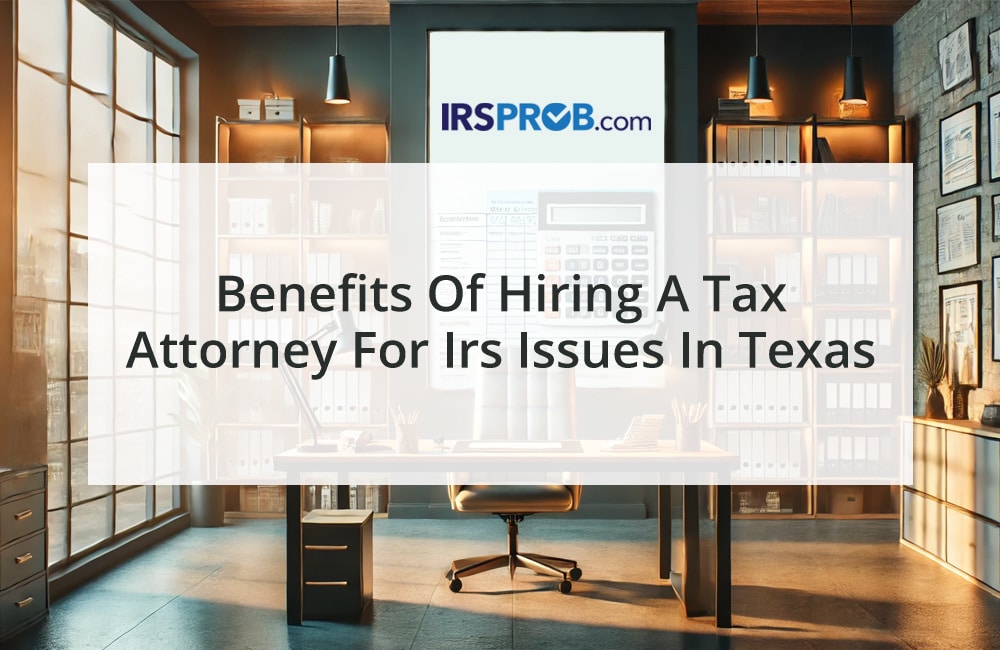[vc_row][vc_column][vc_column_text]
Millions of American businesses legally organize themselves as limited liability companies (LLCs), partnerships, or similar entities. Do their owners have to pay self-employment taxes?
Incredibly, the answer isn’t always clear.
A general partnership becomes automatic if two or more people own a business together and do not form another entity such as an LLC or corporation. A written agreement is not required to form a general partnership, although it is a good idea. General partners share in management of the business and can enter into contracts on behalf of the partnership. General partners also are personally liable for partnership debts. For this reason, LLCs and limited partnerships have become the entity choice over traditional general partnerships. The check-the-box regulations treat any non-corporate business entity with two or more owners as a partnership for tax purposes. Thus, partnerships include investment syndicates and pools, joint ventures, and other unincorporated organizations that carry on a business. Suppose you are a general partner in a general partnership, or other entity taxed as a general partnership. In that case, you must pay self-employment taxes on your entire distributive share of the ordinary income earned from the partnership’s business. Line 14A of your Schedule K-1 (Form 1065) shows that income. The partnership generally makes guaranteed payments to partners for services rendered, which are often mistakenly called “partner salaries.” General partners also must pay the self-employment tax on any guaranteed payments they receive for services rendered to the partnership. Partnerships generally are not required to pay guaranteed payments to the partners. The concept of “reasonable compensation” does not exist for partnerships and partners in the same way it does for S corporations and shareholders.
A limited partnership is a partnership formed under a state limited partnership law. It contains two classes of partners: general partners who are personally liable for partnership debts and manage the business, and limited partners whose personal liability for partnership debts is limited to the money or other property they contribute. General partners in limited partnerships must pay self-employment tax on their distributive share of limited partnership profits, the same as in a general partnership. Limited partners lack management control over the partnership business and can’t enter into contracts on the business’s behalf. Such limited partners generally do not pay self-employment taxes on their distributive share of the partnership’s profits. But they do pay self-employment taxes on guaranteed payments for services rendered to the partnership.
Limited liability companies are the most popular business entity form in the U.S. today. One estimate puts the number at over 21 million. They provide all their owners, even those who participate in the business, with the limited liability of a corporate shareholder. LLCs combine this limited liability with the flexibility and pass-through tax treatment of a partnership. LLCs are
created by filing articles of organization with a state agency. LLCs can have one member, or many. Some states authorize other types of entities similar to LLCs such as limited liability partnerships and limited liability limited partnerships. In some states, professionals must use limited liability partnerships instead of LLCs. You create an LLC under state law. Federal tax law does not recognize the LLC as an entity. It is disregarded and always taxed as something else. The tax code treats the typical business LLC with a single member as a disregarded entity ordinarily taxed as a sole proprietorship unless the owner elects taxation as a corporation. Thus, owners of single member LLCs file Schedule C and pay self-employment taxes on their net profits. It couldn’t be simpler. LLCs with multiple members are treated as partnerships for tax purposes unless they elect taxation as a corporation. The vast majority never file a corporate election.
Here’s the million-dollar question: does the tax code require the multi member LLC partnership to treat its members as general or limited partners? Remember: Limited partners don’t pay the self-employment tax on their share of the LLC’s profits. General partners pay the self-employment tax on the LLC’s profits.
In 1997 the IRS issued proposed regulations that adopted a narrow definition of the limited partner. Congress heavily criticized the IRS regulations and imposed a one-year moratorium blocking their finalization. Although the moratorium expired long ago, the IRS has never finalized its proposed regulations and likely never will. But it hasn’t withdrawn them either. Good news. The IRS says it won’t enforce the proposed regulations, and taxpayers may rely on them if they choose.
Part 1 of the test poses no problem since LLC members are not personally liable for LLC debts. LLCs are either member-managed or manager managed. The type of management is critical. In a member-managed LLC, each member has the legal authority to enter into contracts on the LLC’s behalf. This is the default form of management under state LLC laws. In a manager-managed LLC, the members appoint a manager with sole authority to contract on the LLC’s behalf. The LLC typically uses this arrangement when some or all of the members are passive investors. The operating agreement must spell out the manager-managed arrangement. Under the proposed regulations, members of member-managed LLCs cannot be treated as limited partners for self-employment tax purposes because they fail part 2 of the IRS test—they have authority to contract on behalf of the LLC. In contrast, the members of manager-managed LLCs should qualify as limited partners under Part 2 and avoid self employment taxes on their distributive shares of LLC profits, provided that they work no more than 500 hours per
year in the LLC business. If they work more than 500 hours, they fail Part 3 of the test.
The proposed regulations contain three exceptions to the three-part test for limited partnership status.
The first exception applies where an LLC has multiple ownership classes. One class is the functional equivalent of a general partnership interest owned by manager-members providing services to the LLC. The other class is the functional equivalent of a limited partnership interest at least 20 percent owned by members who satisfy the three-part test.
Another exception applies where an LLC has only one class of membership interest, and a member fails the three part test solely because he or she works more than 500 hours in the LLC’s business during the year. This would ordinarily apply only to a member in a manager-managed LLC. In this event, the member is deemed a limited partner for self-employment tax purposes if at least 20 percent of the LLC interests are owned by other members who satisfied all three-parts of the proposed regulations test immediately after acquisition by that member of that member’s interest. Exception 2 allows an LLC member to work more than 500 hours in the LLC’s business and avoid the self employment tax. But such member must not have the right to contract on the LLC’s behalf.
Finally, the proposed regulations contain a special exception for “service LLCs”—those LLCs substantially engaged in health, law, engineering, architecture, accounting, actuarial science, or consulting. Under the proposed
regulations, members of such service LLCs who provide more than de minimis services to the LLC cannot be treated as limited partners. Thus, for most service LLCs seeking to avoid self-employment taxes, Exception 3 renders the proposed regulations useless.
As noted, the IRS won’t enforce its proposed regulations defining limited partners—and LLC members don’t have to follow them. The Tax Court hasn’t followed them either. Instead, it has come up with its own definition based on
the ordinary meaning of limited partner. In the leading case on this issue, the Tax Court held that the members of a professional limited liability partnership established by three tax attorneys did not qualify for the limited partnership exemption to self-employment taxes. The attorneys enjoyed limited liability from firm debts but actively participated in the firm’s business. The Tax Court held that an owner’s protection from debts is not enough to qualify him as a limited partner for self employment tax purposes. Instead, an owner may be treated as a limited partner only if he is a passive investor who does not actively participate in the entity’s business. Thus, under the Tax Court’s interpretation of the limited partner exemption to self-employment taxes, active members in an LLC must pay self-employment taxes on their distributive shares of LLC income. In the courts, there is no blanket elimination of service partnerships from limited partnership treatment, as under the proposed regulations.[/vc_column_text][us_image image=”3425″][/vc_column][/vc_row]







